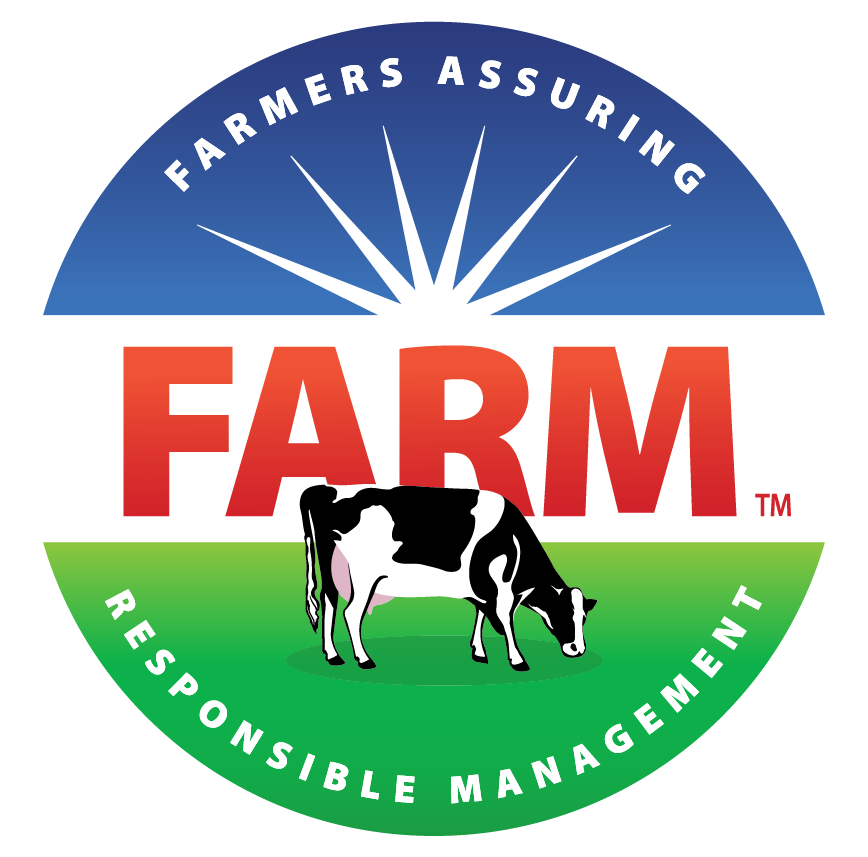WEBINAR DETAILS
January 26, 2017 | 12:00 pm EST | Watch Here
ABOUT THE WEBINAR
Preparation is the key to avoiding an emergency and will save you valuable time, if and when an emergency happens on your farm. A preparedness plan should cover a variety of issues that could arise on the farm from a natural disaster to a herd health epidemic. In this webinar, Rick Jackson, U.S. dairy product manager, Merck Animal Health, explains how to develop an on-farm preparedness plan, as outlined in the Dairy C.A.R.E. Initiative, and walks through possible scenarios and how to put a plan in place to deal with them.
ABOUT THE PRESENTER

Rick Jackon
U.S. Dairy Product Manager
DeSoto, Kansas
Rick Jackson has made a lifelong commitment to the dairy industry. Growing up on a dairy in the Ottawa Valley in Canada, he began his career with a strong focus upon the care and well-being of animals.
After graduation from the University of Guelph, Rick entered the dairy cattle nutrition field, which again led to his focus on proper health, nutrition and care of dairy animals. His focus has led him into dairy management roles in New York, as well as Vermont.
Rick has been with Merck Animal Health for 10 years and is truly living his dream of helping someone every day. The C.A.R.E. initiative provides him with the ultimate opportunity to protect the dairy industry.
Q & A WITH MR. JACKSON
Why is the topic of emergency preparedness important to the dairy industry?
Proactive plus prepared equals protection for the dairy farmer, his/her animals and businesses. Dairy farmers spend their lives caring for their animals and producing nutritious products for consumer dinner tables. One unanticipated situation can quickly undo their great work and shake consumer confidence in the industry. Trying to figure out what to do in the middle of an emergency never puts anyone in the best position to respond. Anticipating those things that “could” happen and planning in advance to handle them takes the “heat out of the moment” and allows the industry to focus on what is most important to manage the situation at hand.
Where should a dairy farmer begin in order to develop a preparedness plan?
A risk ranking exercise is a great place to start when developing a preparedness plan in order to determine what is most likely to happen on your farm. There are some universal emergencies that could happen to anyone, like severe weather events, herd health issues or on-farm accidents. But, maybe you live close to an urban area and issues with neighbors are likely. Start by anticipating the unanticipated. Make a list of everything that could happen on your farm. Include possible issues like encountering community resistance to farm expansion. Assign a numerical probability of each event happening from one to 10 (one least likely, 10 very likely). Then assign a numerical rating to the impact it would have on your operation from one to 10 (one – very little impact, 10 – would shut your operation down). Now multiply those numbers: Likelihood x impact. You will quickly see the top three to five challenges you might face. Start with those and build your plan from there.
What are the key components of a preparedness plan?
A response team, an emergency contact list (required under FARM 3.0) and a plan to manage the flow of information to impacted audiences are three key components of any solid preparedness plan. Once you have identified the top three to five emergencies that could happen on your farm, put a team in place to help you manage them. Think through who you would ask to advise you (attorney? veterinarian?). Who will update your customers and employees? Who will inform stakeholders? Who will take care of the animals and secure your property? Who will speak to the media? Identifying your team and developing a plan to manage an emergency is very complicated in the heat of the moment, so take some time to thoughtfully prepare when things are calm.
What do you feel is the most important factor when managing an emergency?
A quick response to ensure that all people and animals are safe followed by open and transparent communication with impacted audiences. Safety is paramount – always. Then it is important to let your audience know what you are doing to manage and resolve the situation at hand.
Why is proper training important for dairy operations to implement in advance of an emergency?
Every farm with livestock should have a preparedness plan and a response team in place to handle emergency situations. It is vital that employees are trained on the plan and know who to call if they suspect an issue or need help. They also need to know who will be communicating with them and what their roles are – or aren’t – to manage the situation.
How will FARM help industry stakeholders in the area of emergency preparedness?
The FARM program and the National Milk Producers Federation are standing by to help in times of emergencies. Additionally, through partnerships with industry stakeholders, like Merck Animal Health, they are making tools and resources available to help dairy farmers put the policies and procedures in place to protect their animals and their businesses. The Merck Animal Health Dairy C.A.R.E. Initiative was developed to support the significant efforts of dairy producers to provide the best quality of care for their animals 24 x 7. It includes preparedness planning tools and templates, tips and guidance on how to prepare for the unexpected. The tools are available online at dairycare365.com, nationaldairyfarm.com, or you can speak to your Merck Animal Health sales representative.
This webinar is part the of the Merck Dairy C.A.R.E & FARM Animal Care Webinar series. You can view the FAQs and full schedule here.


 Hans Coetzee DVM, PhD
Hans Coetzee DVM, PhD Lowell Midla, MS, VMD
Lowell Midla, MS, VMD